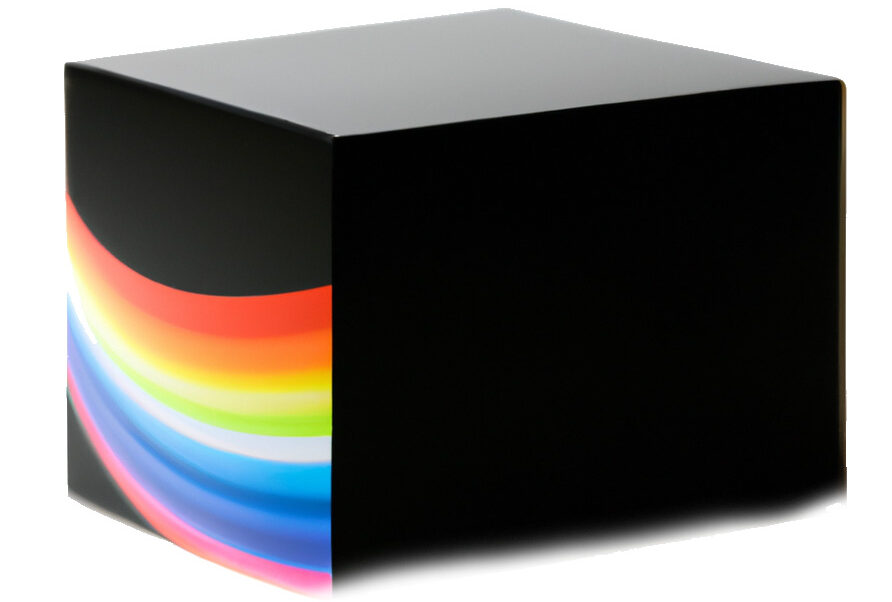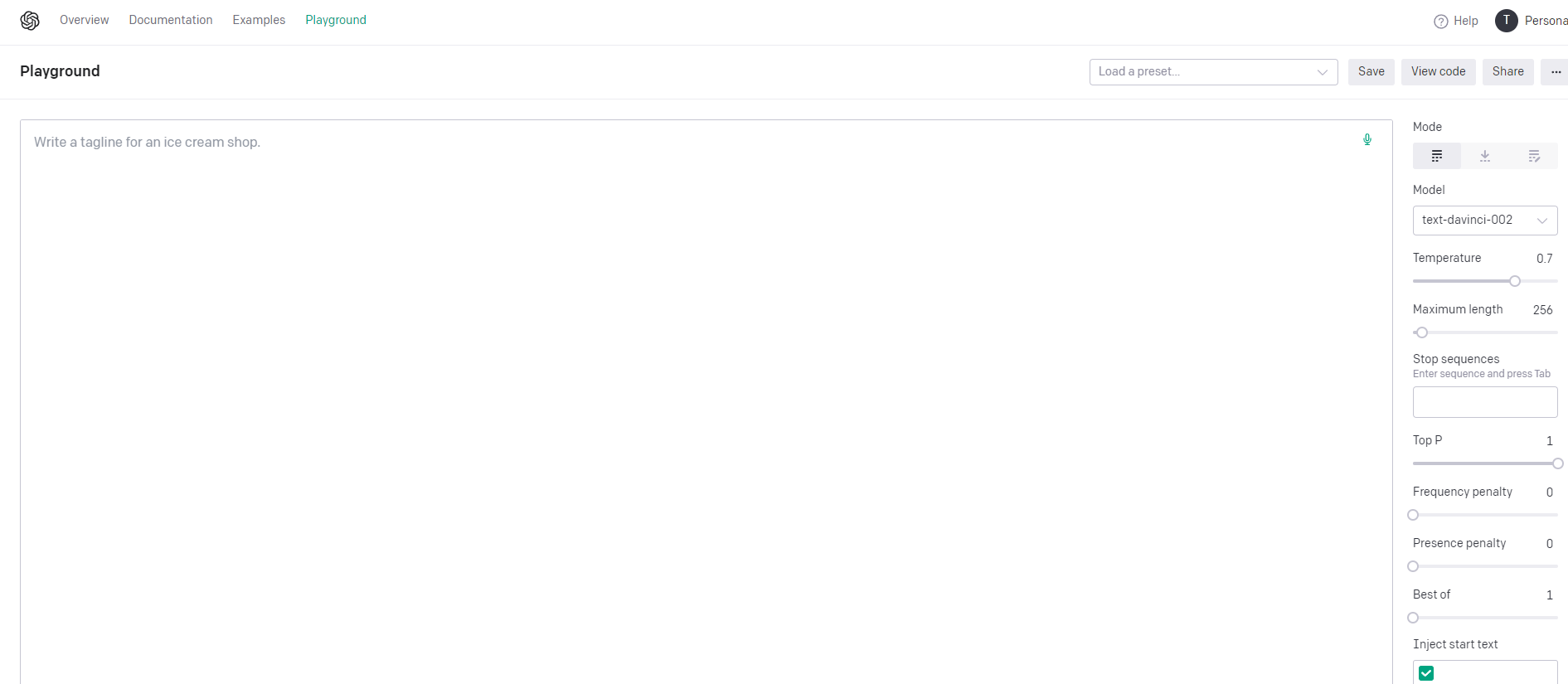Gpt-4, the next iteration of OpenAi’s world-leading text generation model, is expected any day now.
In fact, it was expected several months ago! Clearly, that deadline has passed. Still, it’s likely that OpenAI will drop Gpt-4 in the near future.
When will Gpt-4 come out? The current industry expectation is that the new system will launch either in December 2022 or in the first quarter of 2023, likely by February.
What’s behind those projections, and what will Gpt-4 include? Let’s explore.
Gpt-4 Arriving in December or Q1
OpenAI is famously mum about the specifics of launch plans for their new systems. They seem to prefer dropping them unexpectedly to generate lots of buzz, as if they’re releasing a new Taylor Swift single.
When OpenAI released Dall-E to the general public, they followed this approach. They also dropped a similar bombshell when they opened Dall-e’s images for commercial use earlier this year.
For that reason, it’s unlikely that we’ll have very much advanced notice when Gpt-4 drops.
Most people in the AI industry expect that Gpt-4 will arrive either in December of 2023 or in Q1 of 2023. I’ve spoken to many people who mention those dates, and I polled my audience and found similar expectations.
Nothing is set in stone, of course, but I expect we’ll see Gpt-4 released in the next four months.
What Will Gpt-4 Include?
When Gpt-4 comes out, what capabilities will the new system have? With Gpt-3, OpenAI essentially maxed out the available training data for text.
They ingested essentially all of the Internet, the whole of Wikipedia, and most books. There isn’t much text left on the planet with which to train the model.
What they’ve done instead, the rumors and a few interviews with OpenAI’s Sam Altman say, is to optimize the existing model much more fully, focusing it on accurately performing tasks that are useful to humans.
That might mean adding parameters, or it might not. Gpt-4 could very well be a smaller, better-optimized model than Gpt-3. Sometimes less is more—optimizing a model is hard, and the leaps that OpenAI hint at for Gpt-4 are more focused on optimization than on the brute force approach of scaling either data or parameters.
Of course, it’s also possible that OpenAi could do both—they could better optimize the model and also give it more parameters. Figures like 100 trillion parameters have been floating around.
Either way, if Gpt-4 is more focused on human-centric requests, that might be bad news for prompt engineers. If the new system understands natural language queries better than Gpt-3, there may be less need for creating perfect prompts.
Still, the system won’t be human-like in its abilities just yet. The nascent prompt engineering field certainly won’t disappear any time soon.
Will Gpt-4 Be Multimodal?
No one knows. Early interviews suggested that Gpt-4 would focus solely on text, but more recent rumors have suggested otherwise.
Some people have hinted that Gpt-4 could accept text, audio, or even videos as inputs. None of those hints are from OpenAI itself.
It seems likely that OpenAi will eventually unify its Dall-e, Gpt-4, Whisper, and Codex models into a singular platform. Keeping them separate doesn’t make much sense in the long run—like the human brain itself, multimodal models let you work with a much broader set of data types and take advantage of going back and forth between formats like text and images more seamlessly.
Why not have a model that can either turn text into an image or an image into text? There’s no reason to keep those modalities separate.
Gpt-4 may end up being the model that unifies those modalities. My money is on a text-only model, but I could be wrong.
An Impressive Model
One thing seems pretty consistent among Gpt-4 commentators: the model will have some impressive capabilities.
Gpt-4 is unlikely to be a small or incremental improvement. OpenAI has learned a lot since Gpt-3 was originally trained in 2019. The field has advanced a lot, too.
Whenever Gpt-4 comes out, and however it’s built, it promises to astound.

